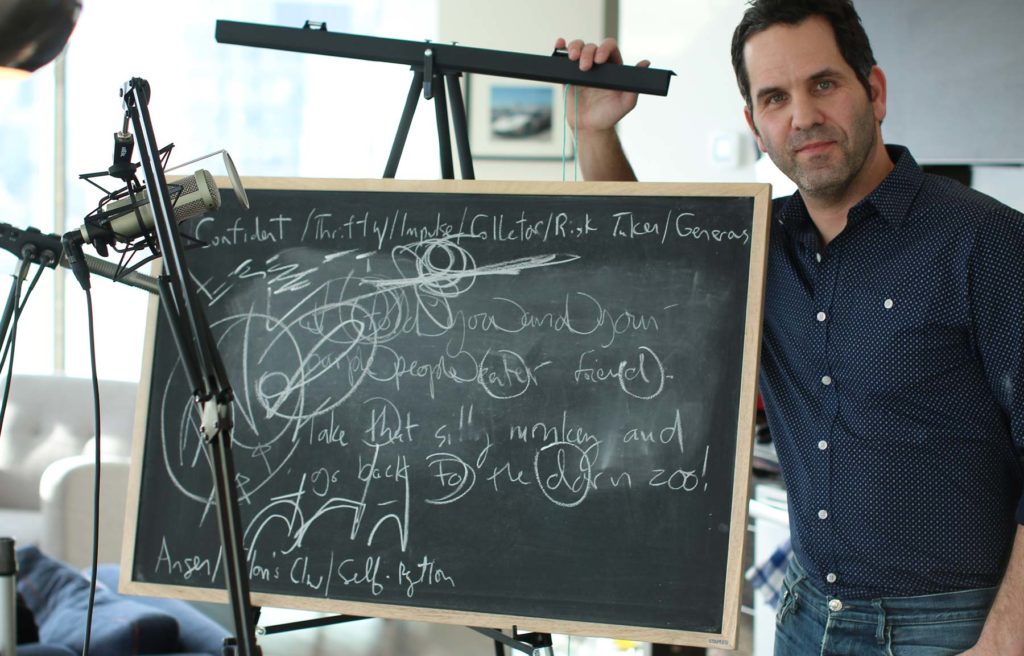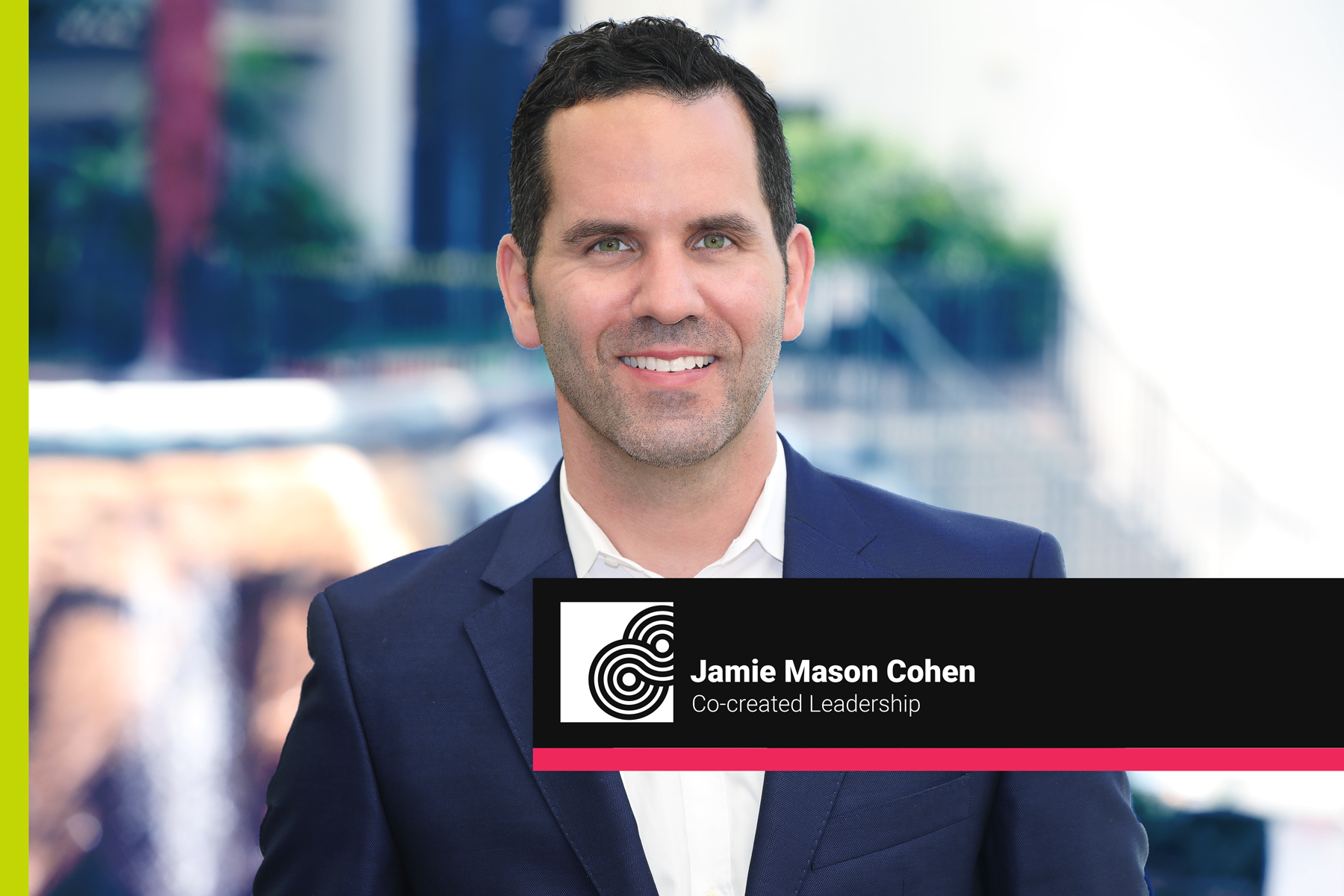Behind the Lens and the Lights & Empire Honors
January 22, 2026
Join us for an immersive evening exploring the creative and technical elements behind award-worthy events
SAVE MY SEAT
January 22, 2026
Join us for an immersive evening exploring the creative and technical elements behind award-worthy events
SAVE MY SEAT
Save The Date: MPI Greater New York Chapter Golf Outing!
July 23, 2026
Join MPI Greater New York for our annual Golf Outing!
SAVE THE DATE
July 23, 2026
Join MPI Greater New York for our annual Golf Outing!
SAVE THE DATE

What Oprah and Other Extraordinary Leaders can Teach Us About the Power of Optimism

By Jamie Mason Cohen, Leadership and Motivation Keynote Speaker and Certified Graphotherapist
Your consistent emotional state drives the moods and actions of your organization. What does the right kind of spirit look like that impact your team and your clients? It’s a combination of being optimistic, sincere and realistic.
Before even speaking about developing skills related to your job, and company goals, you must first attend to the impact of your moods and behaviors on yourself, your family and your colleagues.
Your emotional state drives performance. When you bring a passionate, upbeat, optimistic mood to work, it makes everything seem possible, and as a result stretch goals are achieved, and you may win new customers.
The studies show that when you are in a happy mood, the people around you view everything in a favorable light. That in turn, makes them optimistic about achieving their goals and leads to them making better decisions and going out of their way to be helpful.
When you bring that kind of a mood to your office regularly, you are directly impacting your bottom line because it makes you think clearer, improving mental efficiency, and helps you be flexible in your thinking and better at taking in and understanding information.
Daniel Goleman, a researcher, and author on the topic of Emotional Intelligence at Work said that research directly links mood to financial performance. Goleman who popularized the term emotional intelligence defines emotional intelligence as managing one’s self and managing relationships.
He was at 188 companies across the United States, and he found that the managers and executives who showed the highest level of emotional intelligence were the ones who had the best performances throughout the year. Also, here are a few examples of what he also describes emotional intelligence as.
Goleman goes on to say that it's not overcritical nor is it unrealistically hopeful. He concludes that emotional intelligence means you’re honest with yourself. You courageously face your own mistakes and your faults; you’re a team-driven person. You can get along with relationships with both team members who sometimes are difficult to deal with for you and also team members who may differ from you with opinions.
Martin Seligman found that insurance agents who had a glass half full outlook were far more able than their pessimistic peers to persist despite rejections and close more sales. By the time you walk into the office or boardroom, group members inevitably “catch” feelings from one another according to the University of Pennsylvania researcher and professor.
In 70 teams, across diverse industries, people in meetings together ended up sharing moods both good and bad- within 2 hours.
Good moods trigger good performance, but it doesn’t make sense to be so upbeat if sales are not where the team would like them to be, or business is dealing with a difficult situation.
So, the most effective behaviors match the situation at hand, with a healthy dose of optimism mixed in. They respect how other people are feeling – even if they’re down but model what it looks like to move forward with hope and humor.
What’s one unconventional and accurate way you might be able to instantly identify how optimistic you are in the moment? Handwriting analysis or graphotherapy – a form of psychology that’s like your personality on paper. It’s a tool that can identify an individual’s traits based on the strokes in their handwriting.
The act of writing starts in the brain. Your hand sends a signal through your synaptic pathways down your nervous system to your hand. Your fingers then carry out the directive of your brain. You see, your writing paints a picture of what you think and how you feel. It turns out that some of the most inspiring leaders also share variations on the glass half full outlook.
Upward slant reveals optimism in handwriting. A signature or writing from word to word that has a significant upward slant shows a high degree of seeing the world with the belief that there is light at the end of a tunnel frame.
Writing that oscillates between an upward slant and a straight across slant represents a person who at times is an optimist and at times is a realist. A person whose writing is consistently straight across the page tends to be a realist. If writing slopes downward, it could represent a pessimistic outlook or a sign of feeling a bit enervated or worn down.
What if your writing does slope down and you are feeling on the brink of burn-out. Try taking notes or writing in a journal with blank pages with a slightly upward stroke. In handwriting analysis, there is a transformational component and tool called, graphotherapy. The belief is that by consciously changing the letter formations and direction of your writing, you can make a positive impact on altering your habits and frame of mind.
Oprah, Beyonce, Melissa Etheridge, Vera Wang, Meryl Streep, Viola Davis, Michelle Williams and Julianne Hough all write their signatures with an upward motion.
It represents that each of these inspiring women has a glass-half-full approach to challenges they have faced in their life. It’s not a blanket positive attitude 24/7; each believes in her way that within every problem is the seed of a solution.
Your consistent emotional state drives the moods and actions of your organization. What does the right kind of spirit look like that impact your team and your clients? It’s a combination of being optimistic, sincere and realistic.
Before even speaking about developing skills related to your job, and company goals, you must first attend to the impact of your moods and behaviors on yourself, your family and your colleagues.
Your emotional state drives performance. When you bring a passionate, upbeat, optimistic mood to work, it makes everything seem possible, and as a result stretch goals are achieved, and you may win new customers.
The studies show that when you are in a happy mood, the people around you view everything in a favorable light. That in turn, makes them optimistic about achieving their goals and leads to them making better decisions and going out of their way to be helpful.
When you bring that kind of a mood to your office regularly, you are directly impacting your bottom line because it makes you think clearer, improving mental efficiency, and helps you be flexible in your thinking and better at taking in and understanding information.
Daniel Goleman, a researcher, and author on the topic of Emotional Intelligence at Work said that research directly links mood to financial performance. Goleman who popularized the term emotional intelligence defines emotional intelligence as managing one’s self and managing relationships.
He was at 188 companies across the United States, and he found that the managers and executives who showed the highest level of emotional intelligence were the ones who had the best performances throughout the year. Also, here are a few examples of what he also describes emotional intelligence as.
Goleman goes on to say that it's not overcritical nor is it unrealistically hopeful. He concludes that emotional intelligence means you’re honest with yourself. You courageously face your own mistakes and your faults; you’re a team-driven person. You can get along with relationships with both team members who sometimes are difficult to deal with for you and also team members who may differ from you with opinions.
Martin Seligman found that insurance agents who had a glass half full outlook were far more able than their pessimistic peers to persist despite rejections and close more sales. By the time you walk into the office or boardroom, group members inevitably “catch” feelings from one another according to the University of Pennsylvania researcher and professor.
In 70 teams, across diverse industries, people in meetings together ended up sharing moods both good and bad- within 2 hours.
Good moods trigger good performance, but it doesn’t make sense to be so upbeat if sales are not where the team would like them to be, or business is dealing with a difficult situation.
So, the most effective behaviors match the situation at hand, with a healthy dose of optimism mixed in. They respect how other people are feeling – even if they’re down but model what it looks like to move forward with hope and humor.
What’s one unconventional and accurate way you might be able to instantly identify how optimistic you are in the moment? Handwriting analysis or graphotherapy – a form of psychology that’s like your personality on paper. It’s a tool that can identify an individual’s traits based on the strokes in their handwriting.
The act of writing starts in the brain. Your hand sends a signal through your synaptic pathways down your nervous system to your hand. Your fingers then carry out the directive of your brain. You see, your writing paints a picture of what you think and how you feel. It turns out that some of the most inspiring leaders also share variations on the glass half full outlook.
Upward slant reveals optimism in handwriting. A signature or writing from word to word that has a significant upward slant shows a high degree of seeing the world with the belief that there is light at the end of a tunnel frame.
Writing that oscillates between an upward slant and a straight across slant represents a person who at times is an optimist and at times is a realist. A person whose writing is consistently straight across the page tends to be a realist. If writing slopes downward, it could represent a pessimistic outlook or a sign of feeling a bit enervated or worn down.
What if your writing does slope down and you are feeling on the brink of burn-out. Try taking notes or writing in a journal with blank pages with a slightly upward stroke. In handwriting analysis, there is a transformational component and tool called, graphotherapy. The belief is that by consciously changing the letter formations and direction of your writing, you can make a positive impact on altering your habits and frame of mind.
Oprah, Beyonce, Melissa Etheridge, Vera Wang, Meryl Streep, Viola Davis, Michelle Williams and Julianne Hough all write their signatures with an upward motion.
It represents that each of these inspiring women has a glass-half-full approach to challenges they have faced in their life. It’s not a blanket positive attitude 24/7; each believes in her way that within every problem is the seed of a solution.
Advertisement

Leave a commentOrder by
Newest on top Oldest on top